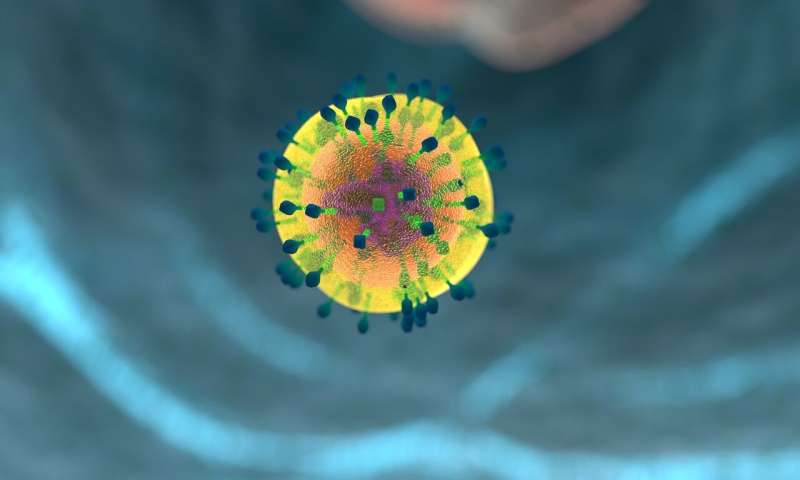
Allogenic hematopoietic stem cell transplantation (HSCT) is a procedure that infuses a donor’s healthy blood-forming stem cells into a recipient as part of a potentially curative therapy for cancer. While this therapy can be life-saving, a major complication is the development of graft-versus-host disease (GVHD), which causes significant morbidity and can be fatal. Before allogenic HSCT, a patient receives a conditioning regimen, chemotherapy designed to deplete his/her normal white blood cells, including T cells. But a new study by investigators from Brigham and Women’s Hospital, University of Oslo (Norway) and University of Newcastle (UK) has found that skin and intestinal T cells in the recipient survive conditioning regimens and continue to perform their normal functions. But, under certain conditions, these T cells can become activated by donor white blood cells and play a previously unappreciated role in acute GVHD. The investigators’ results are published in The Journal of Clinical Investigation.
“In all the years that GVHD has been studied, it has been an article of faith that graft T cells mediate the disease and attack the body,” said Thomas Kupper, MD, chair of the Department of Dermatology at the Brigham. “We discovered in skin and gastrointestinal tract that the T cells that cause GVHD are also from the host—that is, the patient’s own T cells. These durable T cells from the host become activated by cells from the graft, thus causing tissue injury. This completely novel finding was unexpected and opens the door to new approaches to treatment and prevention.”
Conditioning regimens are meant to deplete the host of normal white blood cells, including T cells, in order to make room for the new immune system that will develop from the graft. When recipient blood has been examined after conditioning, T cells are difficult to detect. But Kupper and colleagues found that while the recipients blood T cells were depleted, their tissue T cells in the skin and gut were not. The researchers used high throughput DNA sequencing of T cells and “short tandem repeat”/STR analysis, which together determines the proportion of blood (or tissue) cells that derive from the donor (graft) or the recipient (host), respectively. They further studied male-female host/donor mismatch transplants, using XY sex chromosomes to determine the origin of the cells. The team also used mouse models, grafting human skin onto immunocompromised mice to avoid rejection and test the ability of host skin T cells to mediate GVHD without donor T cells.
Based on the high throughput sequencing and STR analysis, the team saw that there were still abundant host T cells present in the skin and small intestine during GVHD, even when blood cells were 100% of donor origin. The mouse models demonstrated that skin-resident host T cells could be activated by donor non-T cell white blood cells to generate GVHD-like skin inflammation. The results indicate that unexpectedly, skin- and intestinal-resident T cells not only survive conditioning regimens, but are present in tissues during acute GVHD and very likely play an important role in the pathphysiology of this disease.
Source: Read Full Article



